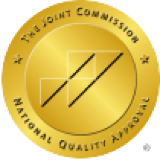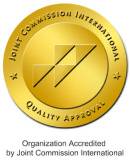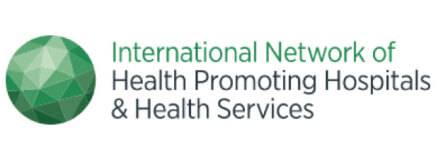
A treatment dilemma created by the case of a man suffering from the heart condition atrial fibrillation has highlighted how a minimal invasive procedure called Left Atrial Appendage Occlusion is helping patients who are unable to take oral medication.
Key-hole surgery solves heart rhythm disorder dilemma
Three years ago a 67-year-old male patient already suffering from hypertension and diabetes was diagnosed with atrial fibrillation – the most common heart rhythm disorder.
An ultrasonic examination revealed his atrium was enlarged and as atrial fibrillation increases the risk of stroke, the patient was advised to take anti-clotting drugs (commonly known as blood thinners) to reduce the risk of stroke.
After taking the medication for a period of time, the patient experienced immobility in his hands. His MRI revealed bleeding in his brain which was caused by cerebral venous malformation. However, for various reasons, the brain surgeon ruled that the patient was unsuitable for brain surgery.
This created a dilemma. If the patient continued to take anticoagulants he would be at risk of bleeding in his brain again, which in severe cases could lead to paralysis. On the other hand, stopping the medication would significantly increase his risk of stroke.
The solution was a minimally invasive procedure called Left Atrial Appendage Occlusion which would minimize the risk of stroke. The procedure, introduced in Hong Kong in 2009, involves blocking off the atrial appendage, a small pouch that empties into the left atrium of the heard and which, like the appendix in the stomach, serves no known function.
The patient underwent the surgery in August. Six months later, a follow-up examination showed the patient’s had improved and that he needed only take aspirin to reduce his risk of stroke.
Why bad rhythm can lead to strokes
So why does blocking the left atrial appendage reduce the risk of stroke? In people with irregular heart rhythm, the normal pumping of blood through the heart is interrupted, causing blood not to empty properly from the atrial appendage. As a result, blood pools in the atrial appendage where it becomes stagnant and form blood clots which may travel to the brain where they cause a stroke.
Risk factors such as diabetes, hypertension, history of stroke and valvular heart disease increase with age and this increases the risk of stroke.
Anti-clotting drugs are one of the treatments used to reduce stroke risks. However, these are not suitable for patients with the risk of brain or gastrointestinal bleeding. Research indicates that 90 per cent of blood clots are formed in the left atrial appendage, therefore considering Left Atrial Appendage Occlusion is a good prevention method. However, this treatment will only be considered for patients without valvular heart disease.
Two choices of devices
During the procedure, the anesthetized patient is monitored by X-ray and a transoesophageal echocardiogram which involves inserting an ultrasound probe into the esophagus.
The surgeon inserts the catheter through an incision in the inner thigh (groin) and navigates through the vessels to the site. The occlusion device is implanted in the left atrial appendage and acts like a barrier preventing the blood from pooling or clotting.
The procedure requires a very experienced operating surgeon because in addition to the general risks of such operations, there is also the possibility of puncturing the heart which causes bleeding in the epicardium, the outer layer of heart tissue. But the device is permanent, needs no renewing and carries no risk of rejection by the patient’s body.
Currently, there are occlusion devices approved by the US Food and Drug Administration or the European Union. The decision on which to use will depend on various factors including the shape of the left atrial appendage, its depth and size.
In cases where this treatment is not suitable, the consulting doctor will always look for the best and suitable option for the patient. In some cases this may be open chest surgery.



























